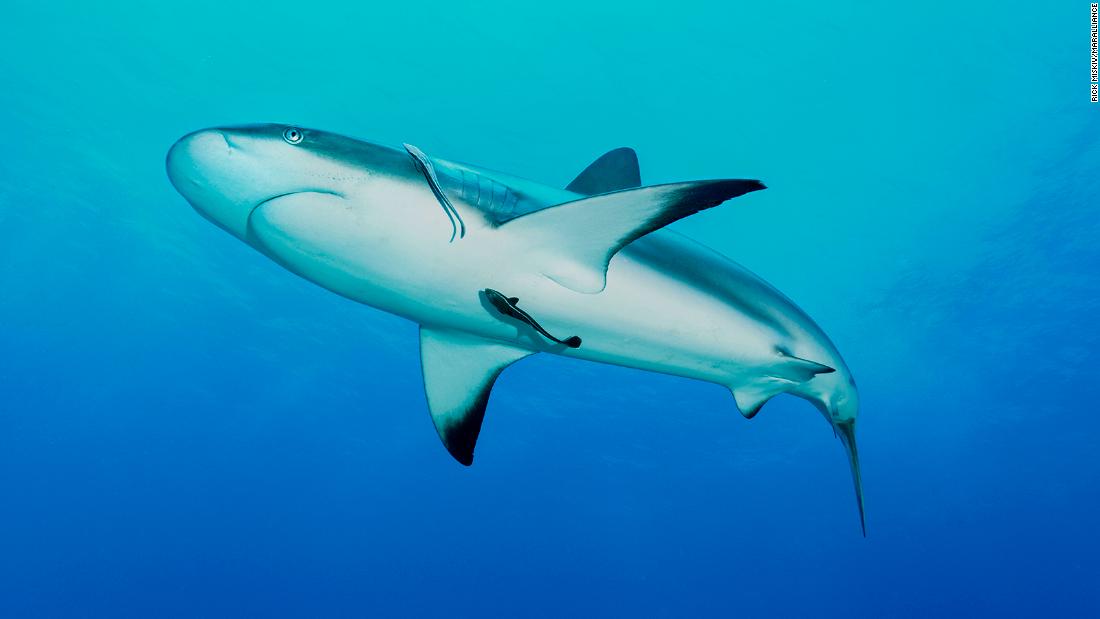US travelers may be rejoicing that a night out in Rome that once cost $100 now costs about $80, but it's a more complicated picture for multinational companies and foreign governments.
The dollar's gain is already hurting some vulnerable economies.
A shortage of dollars in
Sri Lanka contributed to the
worst economic crisis in the country's history, ultimately forcing its president
out of office last month. Pakistan's rupee plunged to a record low against the dollar in late July, pushing it to the
brink of default. And
Egypt — battered by rising food prices — is dealing with a depleted store of dollars and an exodus of foreign investment. All three countries have had to turn to the International Monetary Fund for help.
"It's been a challenging environment," said William Jackson, chief emerging markets economist at Capital Economics.
Why the 'dollar smile' leads to frowns
The US dollar tends to climb in value when America's economy is very strong, or, somewhat counterintuitively, when it's weak and the world is facing a recession.
In either situation, investors view the country's currency as an opportunity to lock in growth, or as a relatively secure place to park cash while they ride out the storm.
The phenomenon is often referred to as the "dollar smile," since it rises at both extremes.
But the rest of the world is left with less to grin about. Manik Narain, head of cross-asset strategy for emerging markets at UBS, identified three main reasons that a stronger dollar could hurt countries around the world with smaller economies.
1. It can add fiscal strain. Not every country has the ability to borrow money in their local currency, since foreign investors may not have faith in their institutions or they have less developed financial markets. That means some have no choice but to issue debt denominated in dollars. But if the value of the dollar shoots up, that makes it more expensive to repay their liabilities, draining government coffers.
It also makes it costlier for governments or businesses to import food, medicine and fuel.
That's what happened when the value of Sri Lanka's rupee crashed against the dollar earlier this year. The government drained its foreign reserves, which were already low in part due to a slump in tourism during the pandemic. Shortages of essential items then
brought thousands of people to the streets. President Gotabaya Rajapaksa fled the country and
resigned in July after angry protesters occupied government buildings.
2. It feeds capital flight. When a country's currency dramatically weakens, wealthy individuals, companies and foreign investors start withdrawing their money, hoping to stash it somewhere safer. That pushes the currency down even lower, exacerbating fiscal problems.
"If you're sitting in Sri Lanka at the moment and you're seeing the government is under pressure, you want to get your money out," Narain said.
3. It weighs on growth. If firms can't afford the imports they need to run their businesses, they won't have as much inventory. That means they won't be able to sell as much, even if demand stays robust, weighing on economic output.
When the US economy is chugging along, that can cushion some of the blow. Many emerging markets export goods to the world's biggest economy. But when the dollar strengthens because America is on the brink of recession? That's tough.
"That can inflict more pain on the markets because you don't have the silver lining of better economic growth in the background," Narain said.
A crisis contained
The dollar has pulled back 0.6% in the past week. But it's not expected to meaningfully reverse course any time soon.
"We look for dollar strength to remain largely intact in the near-to-intermediate term," Scott Wren, senior global market strategist at the Wells Fargo Investment Institute, wrote in a recent note to clients.
That's pushing investors and policymakers to ask whether Sri Lanka is just the first domino to fall. There is also a risk that turmoil in emerging markets could spread across the financial ecosystem, triggering a wide range of spillover effects.
Brad Setser of the Council on Foreign Relations
wrote recently that he's monitoring Tunisia, which is struggling to meet its budgetary needs, as well as Ghana and Kenya, which have high debt loads. El Salvador has a bond payment coming up early next year, while Argentina continues to struggle in the wake of its last currency crisis in 2018.
The IMF has estimated that
60% of low-income countries are in or at high risk of government debt distress, compared to about one-fifth a decade ago.
But there are also key differences between the current situation and past crises.
Dollar-denominated debt is less common than it used to be. The biggest players — such as Brazil, Mexico and Indonesia — "generally haven't borrowed a lot in foreign currency and now hold enough foreign exchange reserves to manage their external debt load," according to Setser.
Plus, prices of commodities like oil and base metals remain high. That helps emerging economies that are major exporters, including many in Latin America, and serves as a reliable way to ensure dollars are still flowing to government coffers.
Inflation also pushed central banks in many emerging markets to start hiking rates earlier than peers at the Federal Reserve or the Bank of England. Brazil has raised borrowing costs at
12 consecutive meetings, having kicked off the process in March 2021.
Still, much could hinge on the fate of the world's two biggest economies: the United States and China. If these engines of growth really begin to stall, then emerging markets could see a painful outflow of investment.
"It will be critical whether the United States goes into recession," said Robin Brooks, chief economist at Institute of International Finance. "It makes everybody more risk averse."




